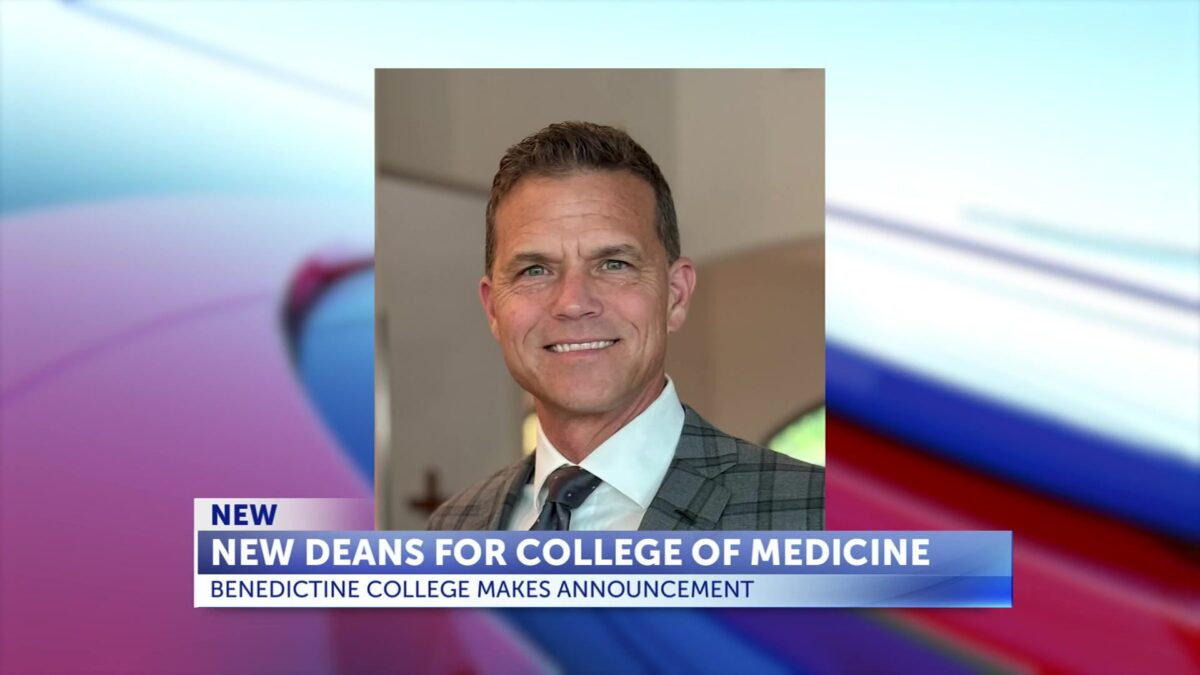Gabrielle Teiner
MEXICO, Mo. (KMIZ)
It’s been three years since the hospital in Mexico closed its doors, leaving Audrain County communities in limbo for immediate emergency care.
“Having no hospital and no emergency room, it’s been devastating to this community, devastating to my practice,” said surgeon Dr. Joseph Corrado. “Before it was easy, you know, we had a hospital with a full emergency room, the cardiac, cath and all kinds of surgery and people would get service here.”
Corrado has been a surgeon in Mexico for 42 years, going into the hospital almost every day to perform surgeries. He says the closure has affected his practice more than most.
“When it closed down, I would go to the hospital every day and make sure nothing was happening there, because I had great hopes,” said Corrado. “Probably of all the physicians here, it’s affected me the most because as a surgeon, I need an operating room, and I can’t do your operation in my garage.”
Corrado says transportation and long wait times in emergency rooms are some of the barriers residents like Angie Secrease have had to deal with since the closure.
“We really do need a hospital here in town,” said Secrease. “Now you’ve got to drive to Jeff City, you’ve got to drive to Columbia, it’s a 40-minute drive. To me, when you’re when you’re either having a heart attack or you’re having a stroke or you’re having a baby, it seems like it takes forever to get over there.”
Now, Boone Health is stepping in to try to return emergency care to the county. In October 2024, the Audrain County Commission, County Health Department and Boone Health signed a letter of intent to begin building a Medicare-certified critical access hospital in Mexico after a string of owners failed to deliver on promises to reopen the hospital.
!function(e,n,i,s){var d=”InfogramEmbeds”;var o=e.getElementsByTagName(n)[0];if(window[d]&&window[d].initialized)window[d].process&&window[d].process();else if(!e.getElementById(i)){var r=e.createElement(n);r.async=1,r.id=i,r.src=s,o.parentNode.insertBefore(r,o)}}(document,”script”,”infogram-async”,”https://e.infogram.com/js/dist/embed-loader-min.js”);
Audrain Medical Center timelineInfogram
“Where we’re currently at is going through extreme due diligence to look at structural opportunity with the existing facility, looking at rainwater runoff, looking at environmental studies, looking at, feasibility for what it’s going to take to demolish the old hospital,” said Boone Health CEO Brady Dubois. “There’s a lot that goes into that.”
A critical access hospital is a designation by the Centers for Medicare and Medicaid Services for small rural hospitals to provide essential health care services to underserved communities. Thirty-one out of the 67 rural hospitals in the state fall under this designation.
These hospitals cannot have more than 25 inpatient beds, must provide 24/7 emergency care and must be at least 35 miles from another hospital. They are more protected from financial vulnerability because they receive cost-based reimbursement from Medicare to combat low patient volumes.
Dubois says a critical access hospital is the right fit for the county, and when it is up and running, it will employ around 200 people.
“The first and most important part is a highly functional emergency room, that’s what Audrain County needs, that’s what the city of Mexico needs and that’s the biggest lacking service,” Dubois said. “Then making sure preventive wellness is available there, so all the diagnostics that they currently have to drive to Columbia for will be able to be performed there and then certainly having robust surgical capabilities and procedural capabilities, as well as inpatient beds.”
For example, if someone were to have a heart attack, the hospital’s emergency room will be able to stabilize the patient, start the right treatment and help transfer them to another facility for tertiary care.
While the hospital will serve many functions, there is no plan for a cardiac catheterization lab or an obstetric care facility, which Dubois says is something the community wanted after having multiple discussions with groups.
“It just doesn’t make sense to open that, and that’s unfortunate because that hospital had a long history of delivering babies back in the day, but in current times, it’s just it’s not going to be a reality,” said Dubois. “Some critical access hospitals do deliver babies, but it’s just not a model that we think will fit there.”
The role of critical access hospitals
Mid-Missouri has at least two critical access hospitals: Samaritan Hospital in Macon County and Hermann Area District Hospital in Hermann County.
Dr. Julie Burdin has been a family physician for 22 years at Samaritan Hospital, and couldn’t imagine not having a hospital in the area.
“In an emergency situation, time matters, and having a facility within your community or very close really can be a matter of life and death.
“We have a wide variety of services that we provide: we have inpatient care, we have an emergency room, we have physical nd occupational therapy, we provide speech therapy,” said Burdin. “We have laboratory services, radiology services, we have, primary care clinic, that is just across the street, so we provide very comprehensive primary care.
Many Critical Access Hospitals have certifications to support emergency care for trauma, stroke and certain heart attack conditions, where they can stabilize a patient locally and transfer the patient to a higher level of care.
While a critical access hospital can perform most life-saving functions, they have limitations. Special services and tests aren’t available in Macon, Burdin said. But the doctors in Macon have relationships with specialists elsewhere who can help their patients, she said.
Audrain County isn’t the only county dealing with the consequences of a hospital closure. According to the Department of Health and Senior Services, from 2014 to 2023, 12 hospitals located in rural counties closed, with at least three of them being in Mid-Missouri. This has left 50 rural counties without a hospital.
“In rural communities, particularly, when people have to drive sometimes over an hour to get care, sometimes two hours if you have to see a specialist, it’s a huge burden on individuals to try and get to the areas,” said Missouri Rural Health Association Executive Director Heidi Lucas. “Couple that with the issues going on, around potential cuts to Medicaid as well as the issues that we’re having here locally, with losing providers and insurance providers, it adds up to kind of a perfect storm of hurt for individuals who are living in our rural communities.”
Lucas says some of the main factors causing these closures are finances, reimbursement methods, inflation, and filling open positions.
According to a needs assessment from the Missouri Rural Health Association, the federal government has defined most of rural Missouri as a Health Professional Shortage Area. More than 78% of Missouri’s shortages are in rural areas, where a third of the state’s population lives.
“America depends on rural Missouri; we have some of the most farms in the entire country, we’re one of the largest providers of beef cattle in the entire country, so really, we’re feeding the rest of the United States from rural Missouri,” said Lucas. “You can’t have rural life without rural health care.”
Uncertain future
The main contributor to the closing of rural hospitals is finances. Rural hospitals are not paid enough by private insurance plans to cover the cost of delivering care to patients, with most losing money. While larger hospitals can better offset losing money on Medicaid and uninsured patients, rural hospitals cannot, since those patients are a greater share of the population in rural areas.
Now, a new problem has surfaced for future and existing hospitals: the back-and-forth battle over foreign tariffs and talks of health care cuts at the federal level.
The rise in tariffs will cause materials like steel, aluminum and medical equipment to increase in price. This could cause construction budgets to increase and force projects to delay or downsize.
On April 2, President Donald Trump announced 20% tariffs on goods from the European Union. Germany is one of the top exporters of MRI machines, which can cost hundreds of thousands of dollars to millions.
Medical supply costs are about 10.5% of the average hospital’s budget, according to the American Health Association.
“We’re working really hard to make it happen,” Dubois said. “There’s a lot of moving parts happening in Washington right now that could impact, and so, we’re seeing where that plays out and that’s why we’re working with our consultants to work through three different models, worst-case scenario, what we expect, and then best-case scenario to where we have an idea of really what we’re looking at.”
CNN reports the Trump administration is crafting plans to cut about a third of the federal health budget. That may lead to cuts to federal health spending by billions of dollars a year at the expense of some rural health programs at HHS, like grants and residency programs for rural hospitals.
Some worry those cuts could extend to Medicaid, which is largely funded by the federal government but administered by states.
“We are watching national health care decisions very closely,” said Burdin. “We understand that a simple legislative change could wipe away the incredible work that we do here.”
Lucas says these changes could lead to more uncompensated care because hospitals have a duty to provide care, whether the patient can pay for it or not.
What’s next in Mexico?
Mexico has had previous suitors for its hospital, but none could make it work.
St. Louis-based SSM Health bought the 88-bed acute care hospital, renaming it SSM Health St. Mary’s Hospital-Audrain, in 2013. SSM Health also acquired nine MedChoice rural clinics. At the time, the hospital had financial challenges and low patient volume.
SSM sold to Noble Health, which also bought a hospital in Fulton, in 2021. Noble would suspend services at both hospitals the following year. Another company, Platinum Health Systems, said in 2022 that it would run the hospital, but the facility never reopened.
Another company, ZivaMed, bought the hospital in 2023, then went bankrupt the next year.
Dubois says it’s too soon to give a timeline and what exact services a Boone Health-run hospital will provide, given the recent changes at the federal level. But once permits are signed and outlines are all drawn out, it will take about two and a half to three years before the hospital opens.
The city bought the old hospital building with the help of a foundation and has other plans for that structure.
In the meantime, Audrain County residents will have to continue traveling to places like Columbia or Jefferson City for emergency care or surgery, which can take anywhere between 30 minutes to an hour.
Nationwide, more than 700 rural hospitals, a third of all rural hospitals in the country, are at risk of closing in the near future, with 26 in Missouri. More than 300 of those are at immediate risk of closing, and nine of those are in Missouri.
Click here to follow the original article.

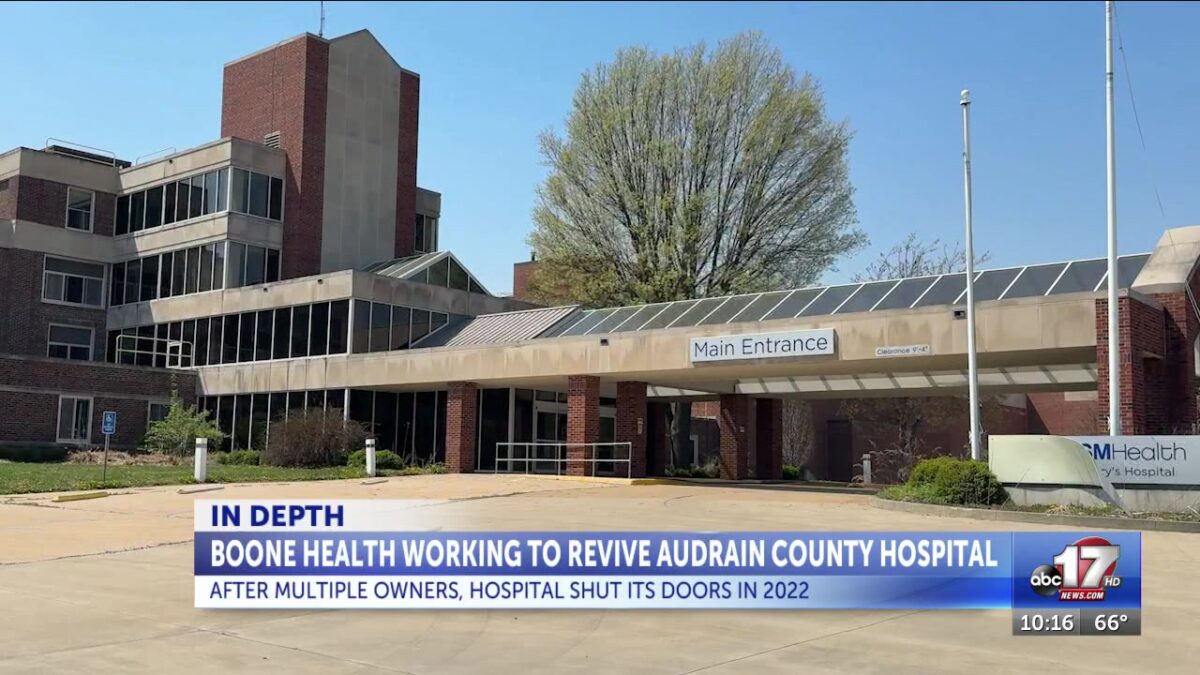
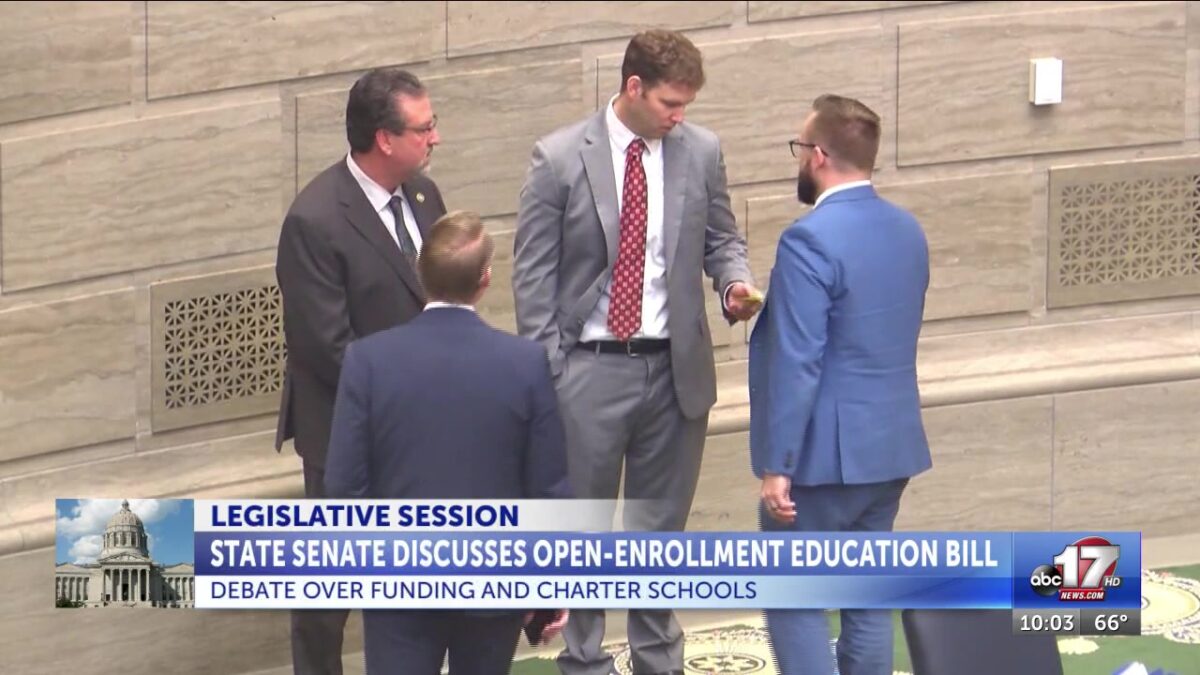

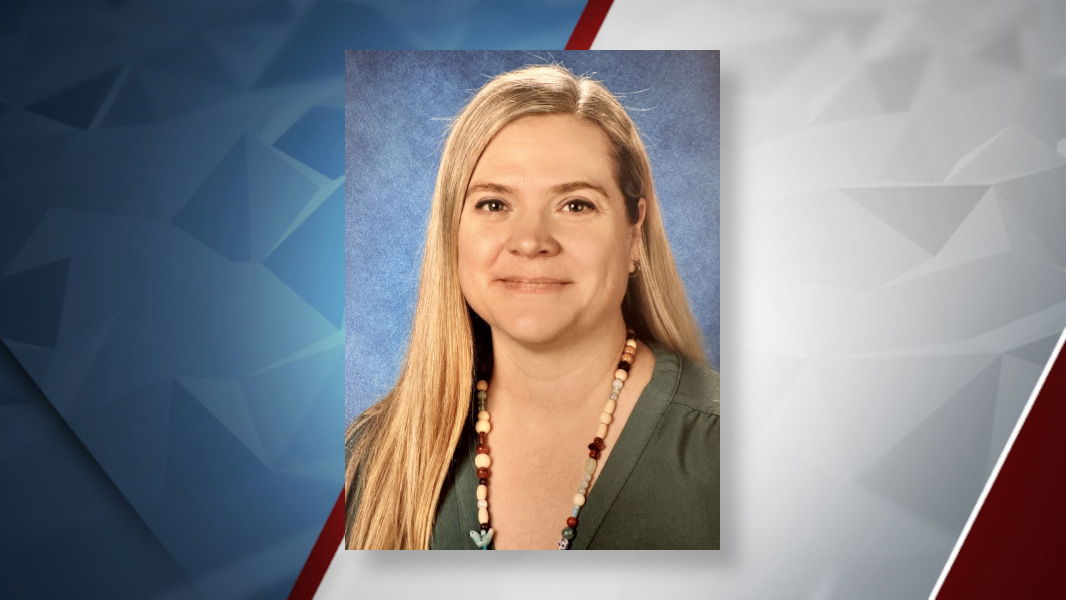
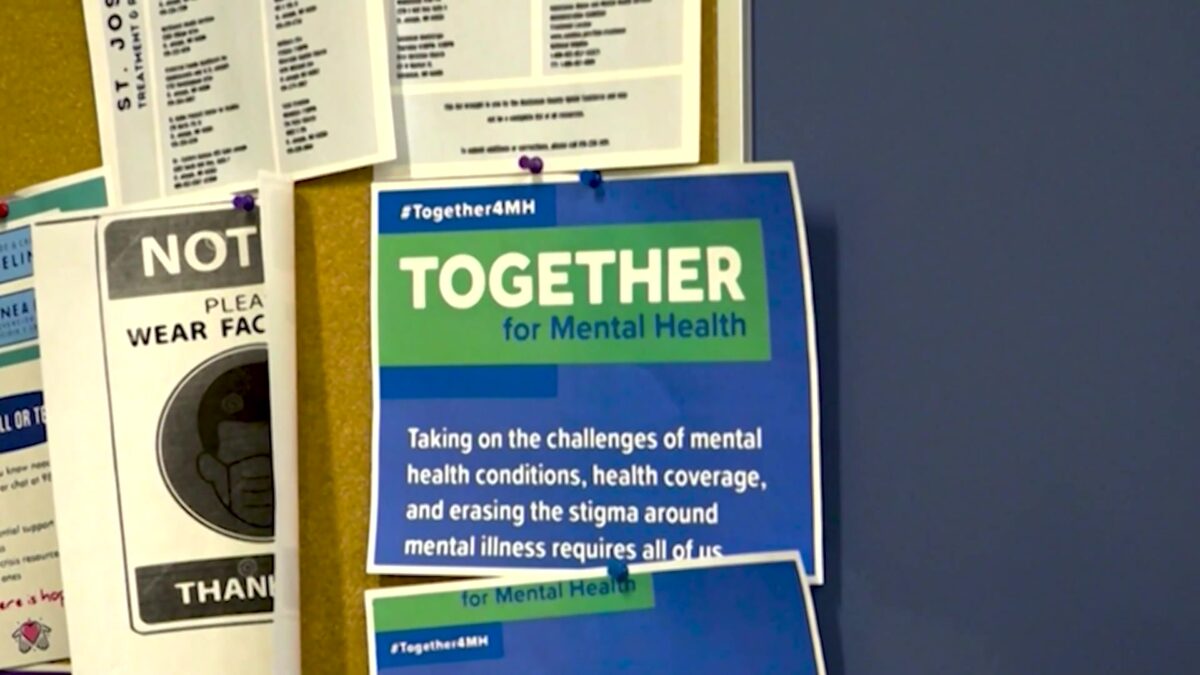

 Eastern Idaho State Fair Board of Directors pose with Scholarship recipients, Courtesy: EISF
Eastern Idaho State Fair Board of Directors pose with Scholarship recipients, Courtesy: EISF